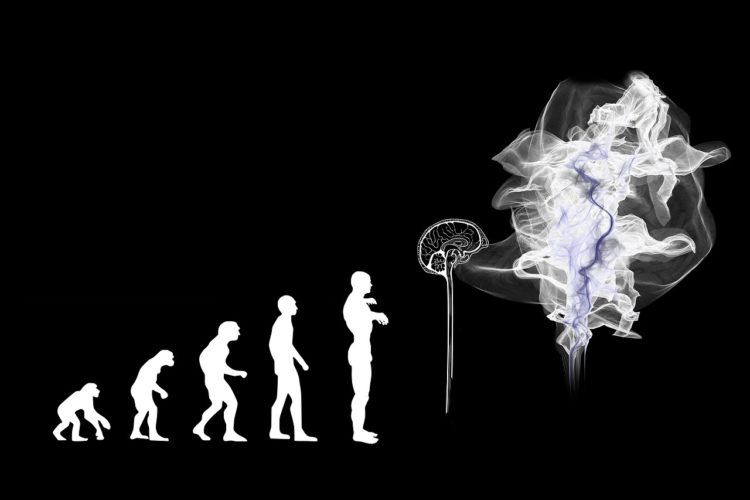The Institute for Robotic Process Automation defines RPA as the application of technology that allows employees in a company to configure computer software or a "robot" to capture and interpret existing applications for processing a transaction, manipulating data, triggering responses, and communicating with other digital systems.
IDC extends this definition to mean RPA as a software code that automates and assigns standardized, rules-based, repetitive, and high-volume processes involving several interoperable systems — which were traditionally executed by humans — to a robot.
To put a human spin on the definition, IDC describes RPA as human-defined decision making, where rules are created by humans, with these rules determining the triggers, process flows, and activities to complete a business process.
In April 2018, IDC published the findings of 10 early adopters of RPA in Asia-Pacific and noted that, not surprisingly, many of the 2018 implementations were pilot projects.
“For banks, RPA is used to solve customer onboarding, back office operations, finance operations. In insurance, we are seeing insurers investing in RPA to solve claims processing, policy administration, and servicing. In asset management, we’ve seen advisory processing using a combination of software – may not necessarily RPA to automate,” said Sneha Kapoor, research manager, IDC Financial Insights Asia/Pacific.
She is quick to clarify that RPA may not necessarily solve everything for a company. “You really need to understand what business problem you are trying to solve with an automation tool,” she cautioned.
In this exclusive interview with Fintech Innovation, Kapoor talks about the lessons learned from the deployment of RPA tools by financial institutions in the last two years, and shares some best practice suggestions to help organizations ease their automation journey. Click on the video above to know more.
Benchmark data – to date
Michael Araneta, associate vice president of IDC Financial Insights Asia/Pacific, commented that growth will continue over the next 2–3 years as more institutions appreciate the overall quick-to-realize benefits, more use cases are presented in the market, and better and advanced product propositions are made available by RPA vendors.
Benchmarks reported by IDC include:
- Implementation time is usually between six (6) to 12 weeks
- Anticipated cost-savings in the range of 30-60%
- Technology buyers can recover their initial RPA investment ("break even") anywhere from 10 months to two (2) years
- Reduce the turnaround time to complete a process significantly – early indicators point to a reduction of turnaround time by 50% – 90%
KPIs to monitor
How do you know if your approach is working? Often times organizations get fixated on technology or process as a way to achieve desired outcomes. Kapoor says people are actually just as important.
- Technology – Kapoor suggests that when deciding on the technology, it is not simply just a matter of identifying a solution that will solve a problem but making sure that it will be able to scale [the automation journey]. “Over the two years since financial institutions have begun to deploy RPA solutions, still less than 15 processes have been automated so far. Early adopters have also discovered that initial results were inaccurate, inconsistent or did not justify the initial investment.”
- Process – one of the major roadblocks to success in RPA deployment is to identify the right processes to automate. “Organizations should not deploy RPA across the enterprise all at once. Test out the process in one area, have the benchmark and expand from there. Training the robot is an essential part of the process.”
- People – Change management is a critical part of automation. “It is not only essential that people embrace the digital works [robots] but also work alongside them. Management should make an effort to allay fears of job displacement, making clear the purpose of the robots.”
Make it happen – focus on outcomes
In the Forbes Insight report, Accelerating Business Value with Intelligent Automation – The 2019 Kofax Intelligent Automation Benchmark Study, Jill Marks, general manager of business transformation at P&N Bank, a mutual bank based in Western Australia, is quoted as saying “In the rapidly changing world of banking, our bank now uses RPA as an intrinsic tool within our overall business. At P&N we only automate the parts of our processes that afford us maximum benefit.”
P&N business users are trained to design, build and monitor the performance of their robots themselves, working closely with IT, who then ultimately deploy the robots. “We’ve found this approach to be very successful, as it’s allowed the business to really take ownership of RPA and work in a way that best fits our needs,” she added.
Perhaps it is giving ownership, responsibility and, ultimately, accountability to the users is what will ensure any technology is used to its potential. Not doing can lead to finger-pointing when things don’t work out as planned.






